01 Dec


What is a Solar LED Street Light?
A street lighting system that powers LED bulbs using solar energy is known as a solar LED street light. It is made up of a battery that stores the energy generated by the solar panel, which gathers sunlight throughout the day and transforms it into power. At night, the LED light is powered by a battery. Usually consisting of integrated components, these systems are simple to install and maintain. A sustainable and energy-efficient substitute for conventional electric street lights, solar LED street lights are frequently used for outdoor lighting in places like parks, streets, and parking lots.

Why is LiFePO4 Used in Solar Street Lights?
Due to its many advantages, LiFePO4 (Lithium Iron Phosphate) batteries are frequently seen in solar street lights. Compared to other lithium battery types, these batteries are safer and have a decreased chance of overheating or catching fire. Over time, their lengthy lifespan of five to ten years makes them cost-effective. LiFePO4 batteries are perfect for small solar street light systems because of their high energy density, which enables them to store more energy in a lighter, more compact design. They also work dependably since they are non-toxic, eco-friendly, and resistant to a broad variety of temperatures.
How Much Savings Can I Expect with Solar LED Street Lights?
Significant energy and maintenance cost savings are possible with solar LED street lights. They can drastically lower utility expenses because they run on solar energy, which removes the need for grid electricity. Savings over conventional street lighting systems can vary from 50% to 80%, depending on the size and quantity of lamps. Long-term savings can also be achieved in terms of lower maintenance expenses because solar lights have fewer moving parts and require less upkeep. The overall savings during the system's lifespan (usually 20–25 years) can be significant, making solar street lighting an extremely economical option.


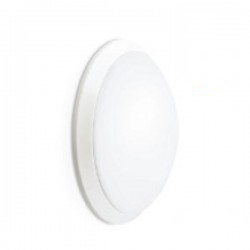


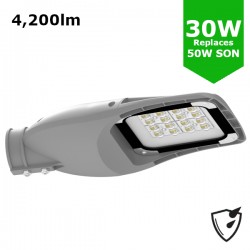

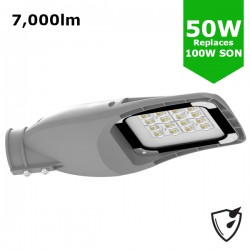
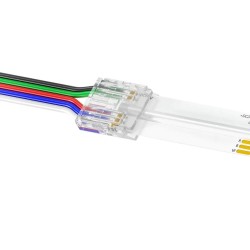
Leave a Comment